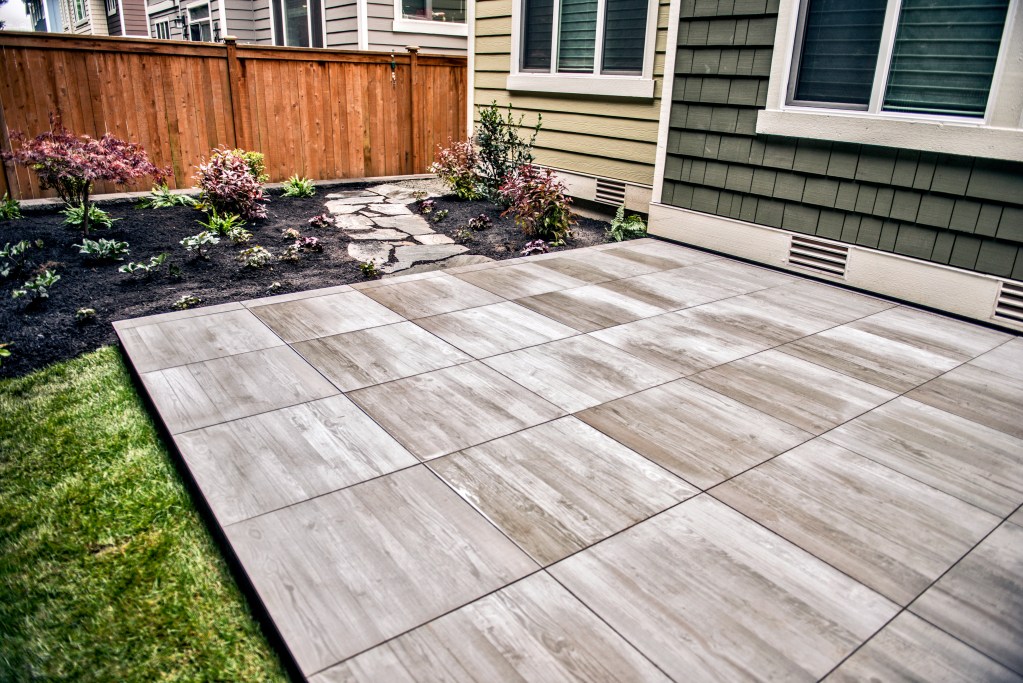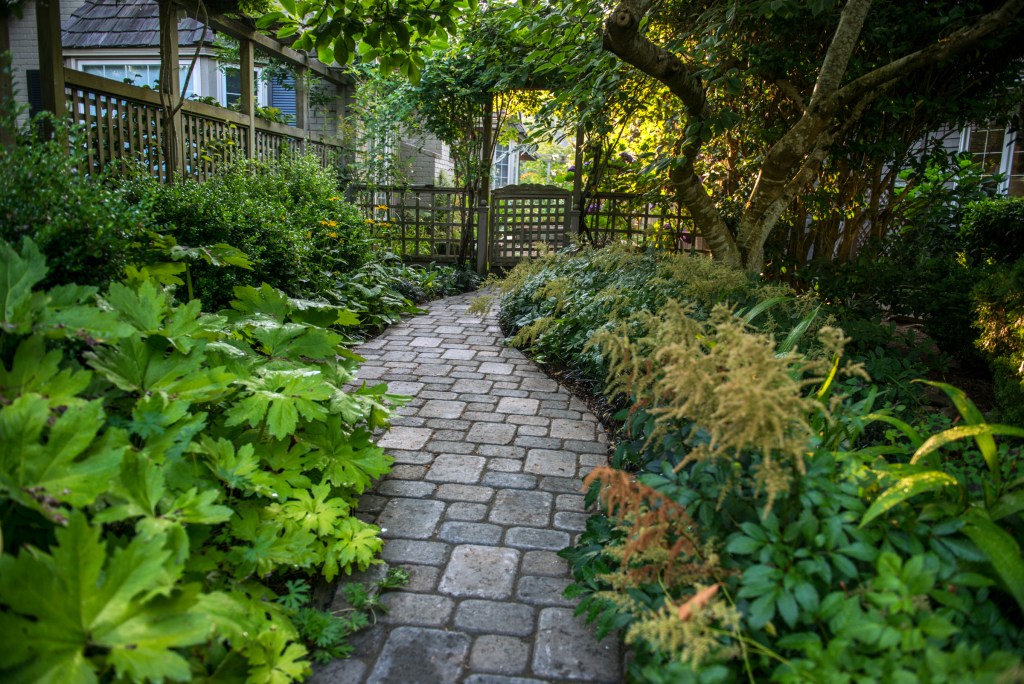Landscape Planning: DIY vs. Professional Services
Whether you’re thinking about taking the DIY route or hiring a professional, there are many factors to consider before you begin your landscaping project. In this guide, we’ll outline the advantages and disadvantages of DIY landscaping, offer insights on collaborating with landscape designers and contractors, and provide helpful tips for budgeting and financing your dream landscape.
1. DIY Landscaping: Advantages and Disadvantages
Advantages:
- Cost Savings: DIY projects can be more affordable by eliminating labor costs, allowing you to allocate more of your budget to high-quality materials or new plants.
- Creative Control: With a DIY approach, you have complete freedom to design your space exactly as you envision it, without needing approval from anyone else.
- Flexibility in Timing: You can work at your own pace, making changes along the way and completing the project as your schedule allows.
Disadvantages:
- Skill and Knowledge Requirements: Landscaping involves a range of skills, including knowledge of plants, irrigation systems, and construction techniques, which might require time to learn.
- Time-Consuming: Without a team of professionals, your project could take weeks or even months to complete, especially if the design is complex.
- Risk of Costly Mistakes: Improperly placed plants, poorly installed features, or incorrect grading can result in expensive fixes down the line.
2. Hiring a Professional: Advantages and Disadvantages
Advantages:
- Expertise and Experience: Professionals bring knowledge in plant selection, design, soil health, and sustainable practices, ensuring a well-executed project.
- Efficiency and Speed: A professional team can complete the project quickly due to their experience and access to the right tools and equipment.
- Access to Resources: Landscapers have access to high-quality plants, materials, and equipment, and often provide warranties for their work.
Disadvantages:
- Higher Cost: Labor and overhead expenses associated with professional landscaping can drive up the overall cost of the project.
- Less Direct Control: While you’ll be involved in the planning process, the professionals will handle the execution, which may result in slight differences from your original vision.
- Scheduling Challenges: Professionals often juggle multiple projects, which may lead to delays based on their availability.
3. Working with Landscape Designers and Contractors
Start with a Clear Vision:
- Define your goals and prioritize key features.
- Create mood boards or sketches to effectively communicate your vision, including desired plants, water features, pathways, and seating areas.
Research and Interview Multiple Professionals:
- Look for online reviews and examine past projects to assess the quality of their work.
- Interview at least three professionals to discuss their experience, design approach, and availability.
Establish a Communication Plan:
- Set a timeline, establish milestones, and schedule regular check-ins to monitor progress.
- Assign a single point of contact to ensure smooth communication and avoid confusion.
Stay Involved but Flexible:
- Keep track of the project’s progress to ensure it aligns with your vision, but remain open to suggestions and expertise from the professionals.
4. Budgeting and Financing Your Landscaping Project
Establish a Realistic Budget:
- Research average landscaping costs in your area to determine a reasonable budget for materials and labor.
- Set aside a contingency fund of 10–15% for unforeseen expenses, such as additional materials or design adjustments.
Consider Phasing the Project:
- If your dream landscape exceeds your budget, break it down into phases. Begin with essential features and add other elements as funds become available.
Summary
- DIY Projects: Offer flexibility and cost savings, but demand skill and patience.
- Professional Help: Brings expertise and speed, but at a higher cost.
- Working with Professionals: Communicate clearly, conduct thorough research, and set expectations for regular updates.
- Budgeting: Ensure you have a realistic budget, plan for contingencies, and explore financing options.
Consider:
- Budget Landscaping: A DIY enthusiast utilizes local plants and gravel pathways to reduce costs.
- Seasonal Phasing: A homeowner adds hardscape elements during the summer and focuses on planting in spring.
- Professional Overhaul: A neglected yard is transformed into a lush garden by a landscaping contractor.
Key Definitions
- Hardscape: Non-plant elements in landscaping, such as patios, walkways, and rocks.
- Softscape: Plant life in landscaping, including grass, trees, and shrubs.
- Irrigation: Systems or methods used to water plants efficiently.
We hope you found this guide helpful!
If you need more landscaping advice or would like to learn about our services and availability, don’t hesitate to contact us. We’re here to assist you in making your landscaping dreams a reality!
Lee’s Landscape, Hardscape, Softscape Design Series:
- I. Introduction to Landscape Design
- II. Planning and Assessing Your Space
- III. Defining Your Landscape Goals
- IV. Principles of Landscape Design
- V. Hardscape Design Elements
- VI. Softscape Design Elements
- VII. Water Features and Ponds
- VIII. Outdoor Lighting
- IX. Designing for Outdoor Living
- X. Sustainable and Eco-Friendly Landscaping
- XI. Garden Structures and Accessories
- XII. Climate-Responsive Landscaping
- XIII. Irrigation and Drainage Solutions
- XIV. Landscape Maintenance and Care
- XV. DIY vs. Hiring a Professional

















